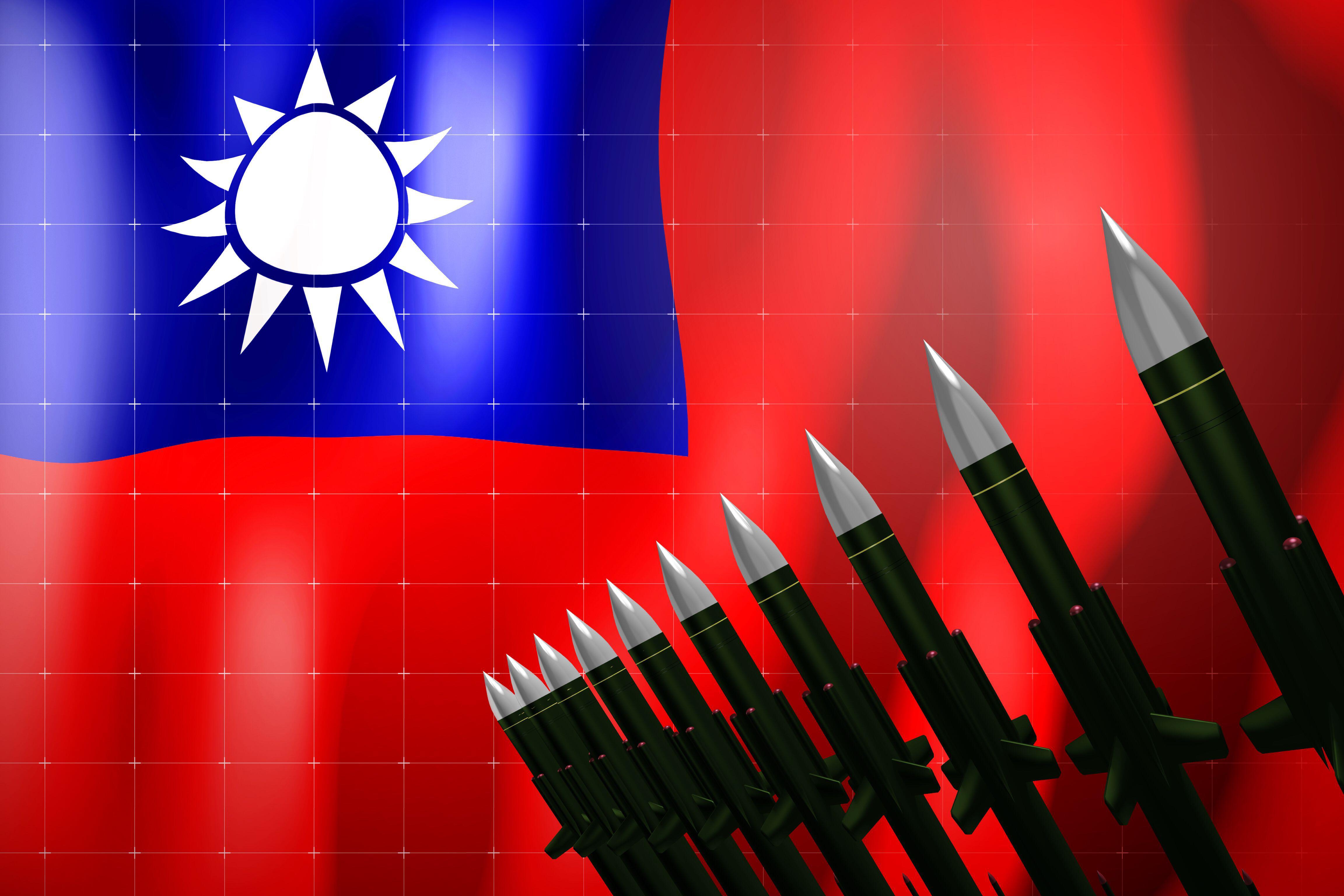
Taiwan is ramping up missile production in the face of a rising threat from China.
Credit: Alamy Stock Photo/3D Illustration
Taiwan will deliver a record high of more than 1,000 indigenous missiles next year amid rising tensions with China, defense sources told Taiwanese media over the weekend. The National Chung-Shan Institute of Science and Technology (NCSIST), Taiwan’s main domestic arms manufacturer, is producing the...
Subscription Required
This content requires a subscription to one of the Aviation Week Intelligence Network (AWIN) bundles.
Schedule a demo today to find out how you can access this content and similar content related to your area of the global aviation industry.
Already an AWIN subscriber? Login
Did you know? Aviation Week has won top honors multiple times in the Jesse H. Neal National Business Journalism Awards, the business-to-business media equivalent of the Pulitzer Prizes.





